Four groups of policies create momentum for import and export
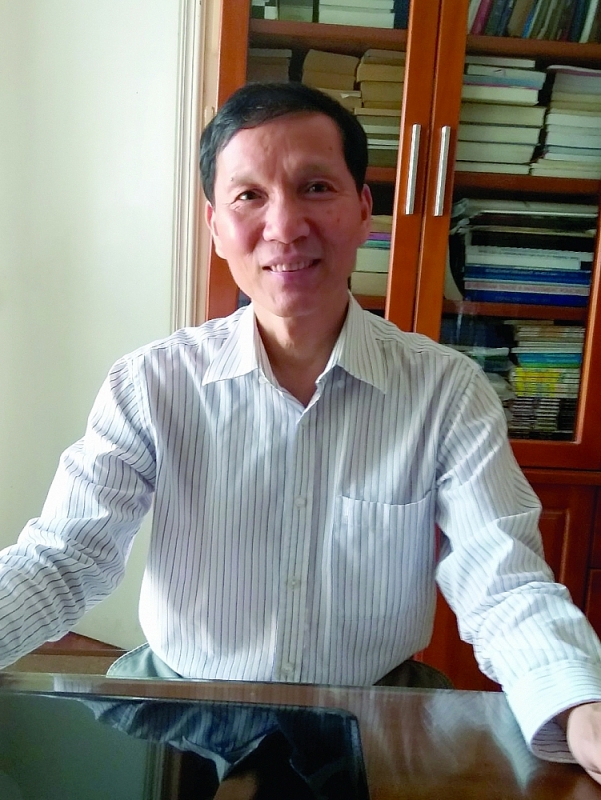 |
| Dr. Le Quoc Phuong, former Deputy Director of Industry and Trade Information Center (Ministry of Industry and Trade) |
This year, imports and exports exceeded US$600 billion for the first time. Besides increasing in scale, how do you evaluate the outstanding results of Vietnam's import-export sector?
Besides increasing in scale, Vietnam's imports and exports also achieved many other outstanding results.
Firstly, Vietnam is increasingly diversifying import-export products. After a few years of renovation, Vietnam still only exports a few items such as rice, some handicrafts, and almost no industrial goods.
However, Vietnam has exported hundreds of thousands of products according to the HS code rating.
Secondly, Vietnam is currently in the top export group in the world with many product groups, such as rice, coffee, cashew nuts, textiles, footwear and furniture.
Third, Vietnam increasingly improves the structure of exports in a positive way, reducing raw exports. The proportion of export processing and manufacturing industrial goods in 2020 is 86%.
In addition, another outstanding result is that Vietnam's export per capita is now very high, from a few dozen USD/person in 1986 to US$3,000/person in 2020.
Is the change and improvement of policies related to import and export the key reason for Vietnam's import and export growth?
Vietnam has set out an economic growth strategy based on export growth. To do that, since 1986, Vietnam has implemented a series of policies, which can be divided into four major policy groups.
Group 1: Domestic trade liberalization.
Previously, foreign trade was monopolized by the State, only a few enterprises designated by the State were allowed to export or import. Since 1986, Vietnam has changed from a foreign trade monopoly dominated by the State to granting import-export business rights to all participating enterprises.
Along with that, since 1986, Vietnam has gradually abolished or lowered most export taxes, maintaining only a few taxes on some minerals.
Particularly with import tax barriers, Vietnam also lowered them. Initially, Vietnam lowered its own tariff barriers, then lowered them under the Free Trade Agreements (FTAs) that Vietnam joined. Vietnam also greatly simplified import-export procedures. Another point related to the domestic trade liberalization policy is Vietnam's transition from a fixed foreign exchange rate regime to a controlled flexible one.
All groups of trade liberalization policies implemented in the country have created very strong conditions for enterprises to participate in import and export activities.
Group 2: Promote international economic integration.
Since 1986, Vietnam has participated in many economic and commercial organizations in the region and the world. For example, Vietnam joined the Association of Southeast Asian Nations (ASEAN) in 1995. Then in 1998 Vietnam joined the Asian Economic Cooperation Forum (APEC); in 2007 joined the World Trade Organization (WTO). Joining these organizations greatly helps Vietnam to promote economic and trade relations.
The second point is that Vietnam has signed a series of FTAs and Bilateral Trade Agreements (BTAs). Among them, the most important agreement that helps promote import-export strongly is the BTA with the US in 2000. This is an agreement that makes the US the leading trading partner of Vietnam. Then, Vietnam continued to sign and participate in 16 FTAs with other partners. Important FTAs that contribute to Vietnam's import-export promotion are ASEAN-China; Vietnam-Japan, Vietnam-Korea, Vietnam-EU, and the Comprehensive and Progressive Agreement for Trans-Pacific Partnership (CPTPP).
Another point in the policy of promoting international economic integration is that Vietnam has opened its doors to FDI.
Group 3: Upgrade soft infrastructure.
These are infrastructures that facilitate the development of domestic enterprises, especially those participating in exports. The policy is reflected in the simplification of procedures for enterprises to participate in the market; continuously improve the business and investment environment; cut many administrative procedures; and introduced many policies to support enterprises.
Group 4: Upgrade hard infrastructure.
Vietnam has invested heavily to upgrade infrastructure such as roads, transportation, electricity, water, telecommunications, logistics (ports, warehouses, etc.).
The Customs sector has made many efforts in perfecting the legal system on customs, reforming institutions, modernizing customs, making an important contribution to facilitating import-export activities. What do you think of this?
Over the years, the Customs sector has made a lot of efforts to facilitate the production and business activities of enterprises. Specifically, the Customs sector has perfected the legal system on customs; participated in integration with international customs.
The Customs sector also strongly reformed and modernized its professional activities. In the past, customs clearance procedures took a long time, and were done by paper, now customs procedures are electronic declarations completed 24/7. Vietnam has also implemented the National Single Window, the ASEAN Single Window. Businesses at home can also do procedures, which have helped businesses reduce costs.
In general, all the efforts of the Customs sector have greatly facilitated import-export enterprises, reducing the time of customs clearance even for export or import, but of course, stronger reform is still needed in the near future.
In your opinion, what are the fundamental solutions to help Vietnam's import and export sector grow stably and sustainably, especially in terms of the trade surplus?
Vietnam must switch from the current export growth in quantity to qualitative growth. For example, instead of setting a target of export growth of a percentage per year, change to set a target of what percentage growth each year in value-added. Besides, currently, export growth is mainly based on FDI enterprises are also something to change, switching to rely on domestic enterprises; it must improve added value and export competitiveness by switching from a processing and exporting economy to producing export products with high technology content and localization rate.
Related News
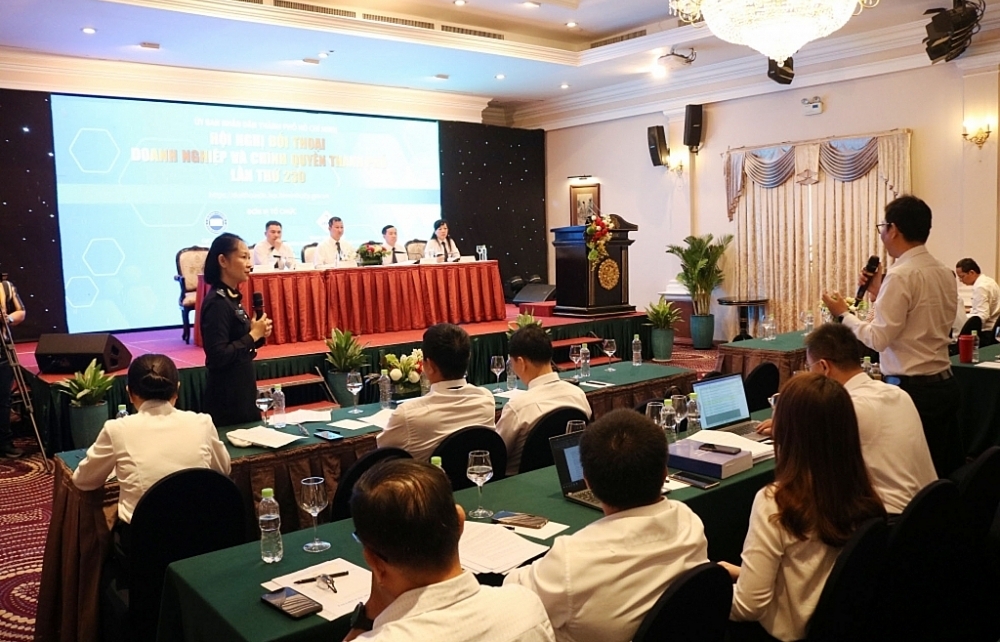
Enterprises "wait" for the list of specialized inspection exemptions
10:42 | 12/04/2023 Regulations

Hai Phong Customs: Declarations and turnover both decreased in the first quarter
09:21 | 13/04/2023 Customs

Lao Cai Customs: Many challenges arise when revenue collection falls sharply
10:16 | 25/03/2023 Customs

Import and export of processed food expands opportunities for sustainable production
10:39 | 08/03/2023 Import-Export
Latest News

Embracing green exports: a pathway to enter global supply chains
10:33 | 20/02/2025 Import-Export
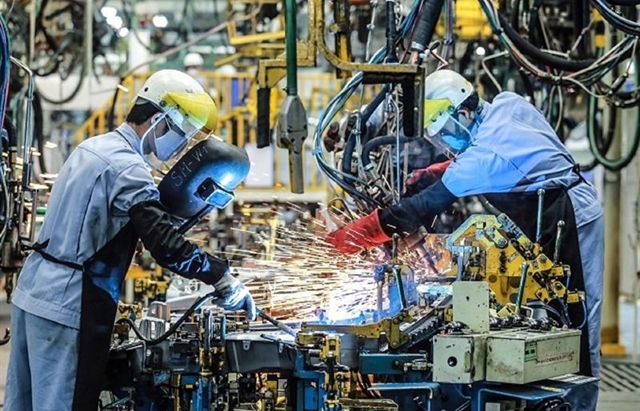
New policy proposed to prevent transfer pricing, tax evasion of FDI enterprises
10:32 | 20/02/2025 Import-Export

Việt Nam’s durian exports to China plummet by 80%
16:18 | 19/02/2025 Import-Export
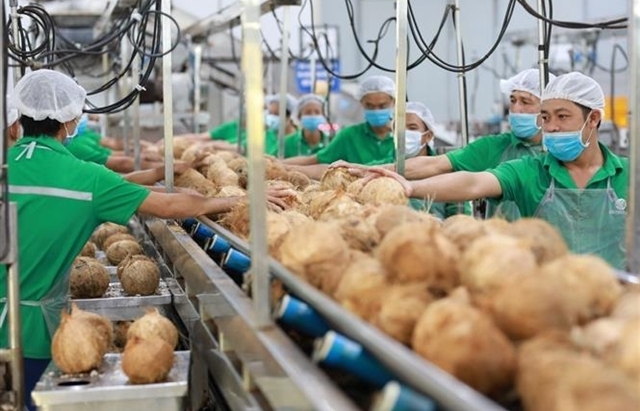
Coconut exports reach 14-year high
15:29 | 18/02/2025 Import-Export
More News

Shrimp exports grow in the first month of 2025
15:28 | 18/02/2025 Import-Export
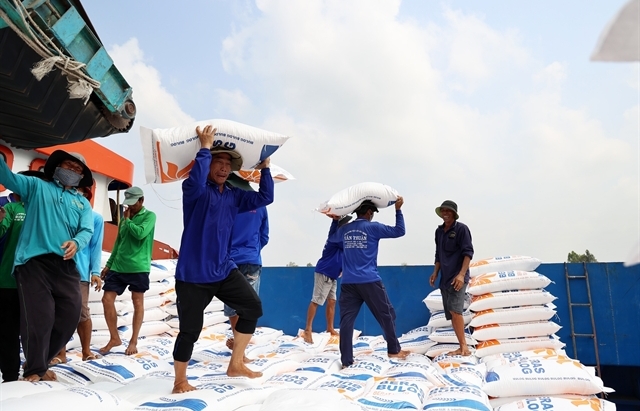
Rice export prices drop, but decline expected to be short-term
08:10 | 17/02/2025 Import-Export

Key agro products expected to maintain export growth this year
08:08 | 17/02/2025 Import-Export
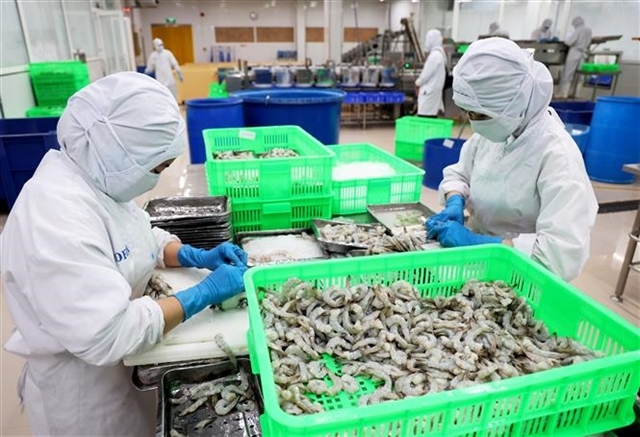
EU issues 12 warnings against Việt Nam’s food and agricultural exports
08:07 | 17/02/2025 Import-Export
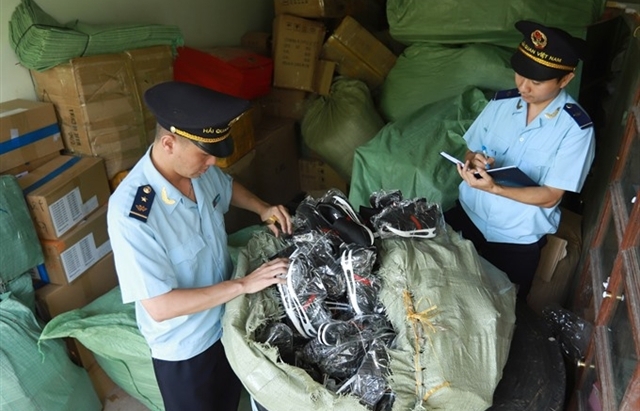
Việt Nam to impose VAT on low-value express-imported goods
08:06 | 17/02/2025 Import-Export

Exchange rate risks need attention in near future
16:31 | 15/02/2025 Import-Export
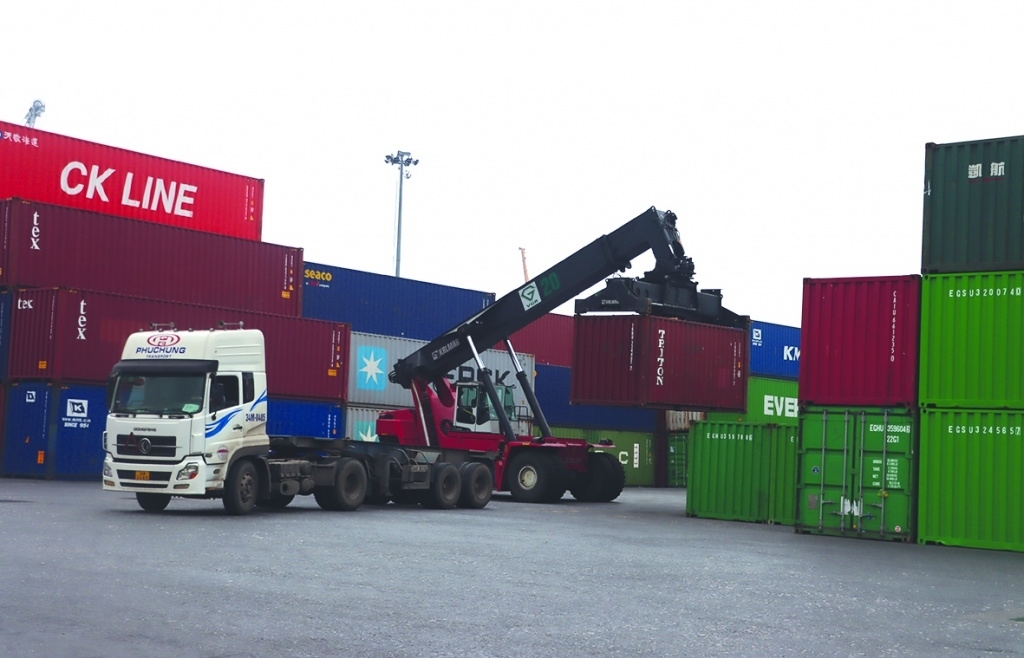
Vietnam kicked off the year with a strong start in trade, exceeding US$63 billion in the first month
16:30 | 15/02/2025 Import-Export
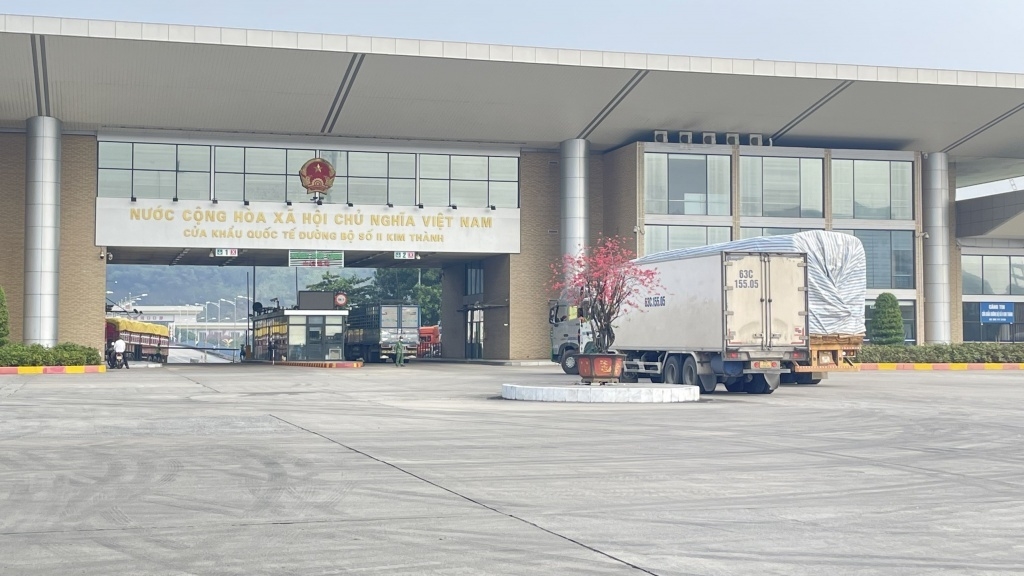
Import and export turnover reaches about US$29 billion in the second half of January 2025
14:52 | 14/02/2025 Import-Export

Market edges up slightly as liquidity remains low
14:48 | 14/02/2025 Import-Export
Your care

Embracing green exports: a pathway to enter global supply chains
10:33 | 20/02/2025 Import-Export

New policy proposed to prevent transfer pricing, tax evasion of FDI enterprises
10:32 | 20/02/2025 Import-Export
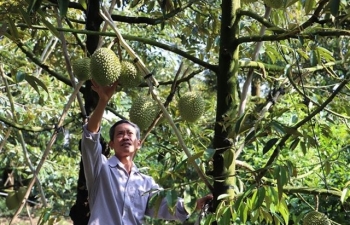
Việt Nam’s durian exports to China plummet by 80%
16:18 | 19/02/2025 Import-Export

Coconut exports reach 14-year high
15:29 | 18/02/2025 Import-Export
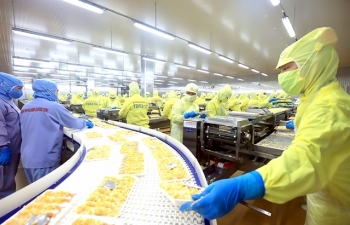
Shrimp exports grow in the first month of 2025
15:28 | 18/02/2025 Import-Export
